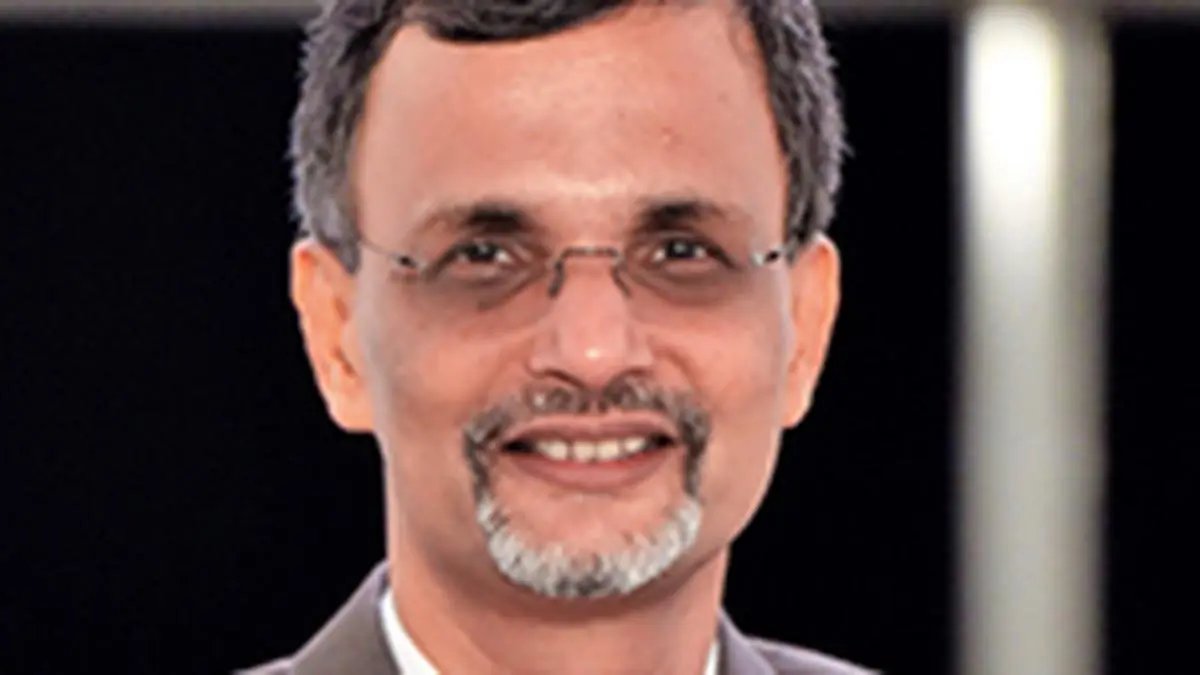GST reform to cushion tariff impact; agriculture freedom can add 0.7% to GDP: CEA


Speaking at an AIMA event, Chief Economic Advisor V Anantha Nageswaran noted that the US tariff hikes may have only a limited short-term effect on GDP, while GST-driven domestic demand could provide resilience.
| Photo Credit:
George Verghese 4772@Chennai
A GST rate cut is likely to limit tariff-related impact on economic growth, based on changes in Gross Domestic Product (GDP) of 20-30 basis points, Chief Economic Advisor V Anantha Nageswaran said here on Wednesday.
“If you take the GST into consideration, the impact of tariffs and the compensating effects of GST, rate reductions and process reform could probably give us a 0.2-0.3 per cent on a net basis, in terms of drag on the GDP estimates that we have of 6.3 to 6.8 for the current financial year,” Nageswaran said while addressing an event organised by AIMA.
GST Council’s new two-slab structure to take effect Sept 22
The US imposed a 50 per cent tariff on India on August 27. Last week, the GST Council recommended tweaking the four-slab GST structure of 5 per cent, 12 per cent, 18 per cent, and 28 per cent to a two-slab structure of 5 per cent and 18 per cent. It also recommends introducing a new GST rate of 40 per cent, to be imposed on sin and luxury goods. These rates will be effective from September 22 for various products and services except tobacco and tobacco-related products.
According to Nageswaran, GST reforms will help alleviate the second and third round effects by creating domestic demand and therefore removing the uncertainty that will come in the way of capital formation.
“Although you must remember that for the first five months of the current financial year, exports of goods to the US have almost already achieved half the number of last year. So in other words, in this financial year, the impact may be relatively limited, depending on the assumptions one makes, but the more important thing is the second and the third round effects of the uncertainty of tariff, provided they last longer,” he said.
Tariff impact likely short-lived; GST acts as antidote
He exuded confidence that the tariff situation would turn out to be transient and short-lived, rather than long-lived. “But in the event that it lasts longer than we want it to, especially the penal tariff of 25 per cent, then the second and third round effects will become more pronounced, which is the uncertainty with respect to investments, capital formation, overall sentiment in the economy,” he said. However, Nageswaran said GST reform would not only boost domestic consumption but, more importantly, it would provide an antidote to the second and third rounds of tariff impact.
On structural reforms in the domestic economy, he said that while many initiatives have been launched by the Centre to boost the agriculture sector, these are state-level subjects that must be supplemented by the states. He emphasised that the agriculture sector still has the potential to contribute at least 0.5–0.7 per cent more to India’s GDP growth, which depends on giving farmers the freedom to sell to whomever, wherever, whenever, and whatever they choose.
“That is the kind of freedom that farmers need much more than agriculture subsidies,” he said, while suggesting farmers also need some element of insurance, given their business is inherently prone to the ravages of nature and uncertainties. “Empowering farmers and not imposing restrictions in their ability to tap market signals from within India or overseas, these would unleash productivity in agriculture and add to GDP growth,” he added.
Published on September 10, 2025


